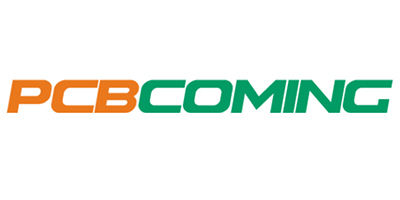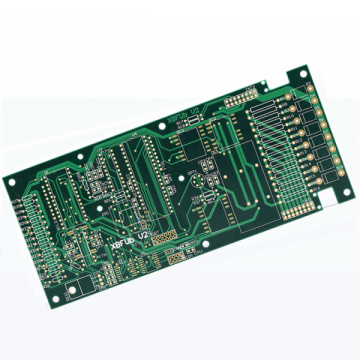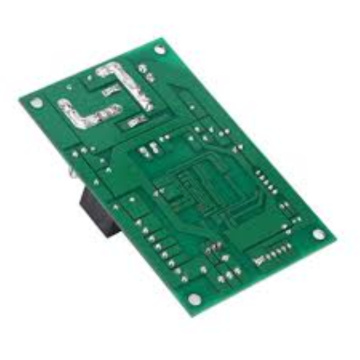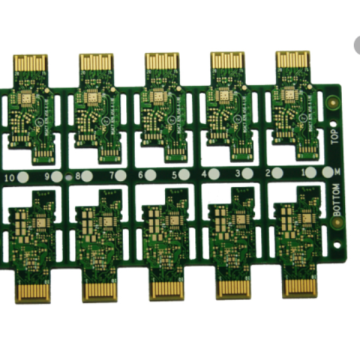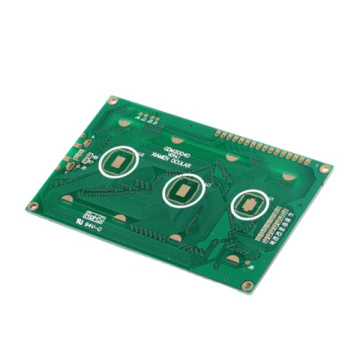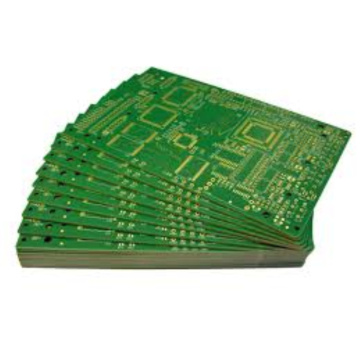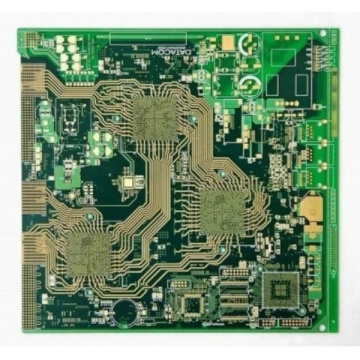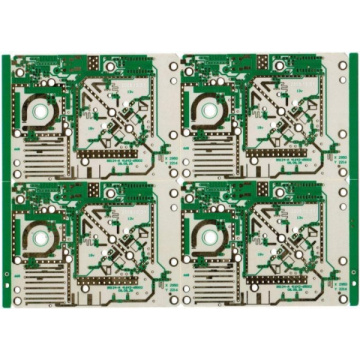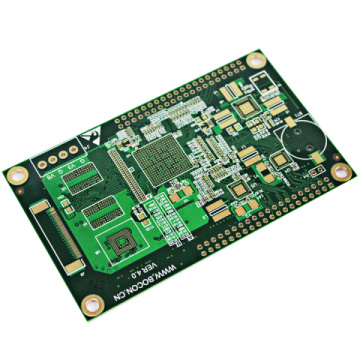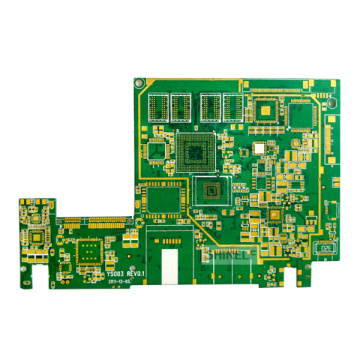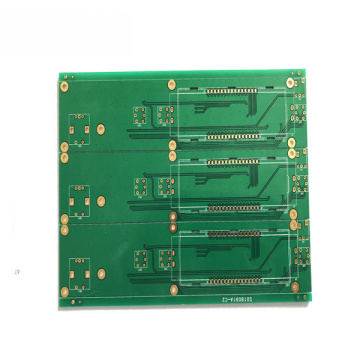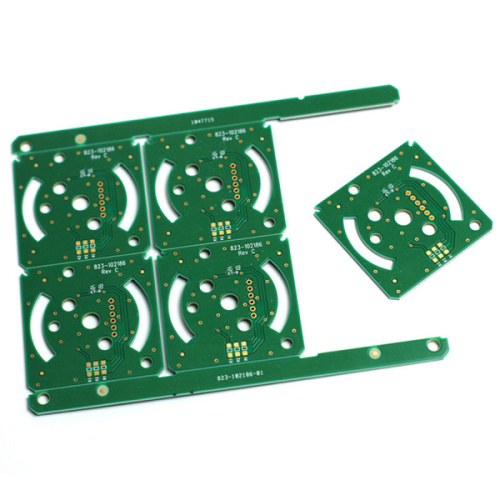
8 Layer Multi Layer 0.1 Mm Line PCB
-
$0.10≥1 Piece/Pieces
- Min. Order:
- 1 Piece/Pieces
- Min. Order:
- 1 Piece/Pieces
Your message must be between 20 to 2000 characters
Contact NowWhat are the advantages of FR4 material in PCB manufacturing?
For a long time, the printed circuit board (PCB) has been an integral part of several electronic circuits. Therefore, most electrical engineers involved in the production of these circuit boards are familiar with the different materials used to make them. FR4 is one of the most popular materials used to make PCBs. What makes the material popular?
Introduction to FR4 material
The FR in FR4 stands for flame retardant, and the number 4 distinguishes this material from other materials in this category. FR4 is a glass fiber reinforced epoxy laminate, which looks like a thin woven fabric board. The term FR4 also represents the grade used to make these laminates. The glass fiber structure provides structural stability to the material. The glass fiber layer is covered with flame-retardant epoxy resin. This brings durability and strong mechanical properties to the material. All these features make FR4 printed circuit boards very popular among electronic contract manufacturers.
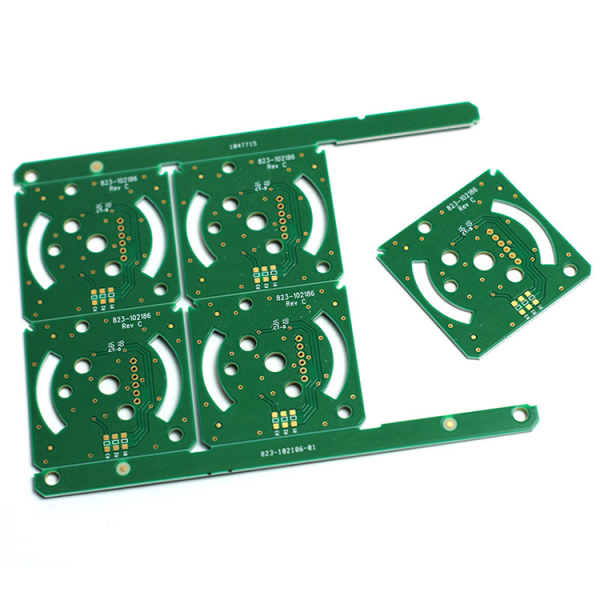
FR4 is a low-cost material.
It has a high dielectric strength, which contributes to its electrical insulation properties.
The material has a high strength-to-weight ratio and is light in weight.
It is moisture-proof and also has a relative temperature.
The material has good electrical loss properties.
FR4 does not absorb water, so it is also suitable for various marine PCB applications.
The material is yellow to light green, which is very suitable for any application.
All these characteristics make it suitable for various environments.
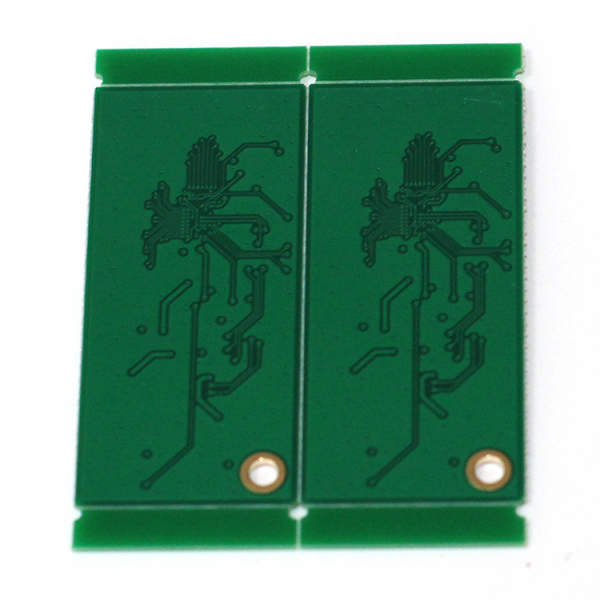
FR4 serves as the foundation of any PCB. The material is laminated with a copper foil layer. Use heat and adhesive for lamination. Copper foil can be used to laminate materials from one or both sides.
Tips for choosing the right FR4 material for your FR4 printed circuit board
It is very important to use the correct thickness of material to build FR4 PCB. Thickness is measured in inches, such as thousands, inches or millimeters. There are several things to consider when choosing FR4 material for your PCB. The following tips will simplify your selection process:
Choose thin FR4 materials for building panels with space constraints. Thin materials can support various precision components required to build devices, such as Bluetooth accessories, USBElectronic connectors, etc. They are also suitable for large projects where engineers want to focus on space-saving design.
The thin FR4 material is suitable for applications requiring flexibility. For example, using thin materials for automotive and medical Rigid-Flex Boards is ideal because these Rigid-Flex Boards need to be bent regularly.
Avoid choosing thinner materials for PCB designs with grooves, as this will increase the risk of damage or breakage of the circuit board.
The thickness of the material will affect the weight of the printed circuit board and may also affect the compatibility of the components. This means that the thin FR4 material will logically contribute to the manufacture of lightweight circuit boards, thereby producing lightweight electronic products. These lightweight products are attractive and easy to transport.
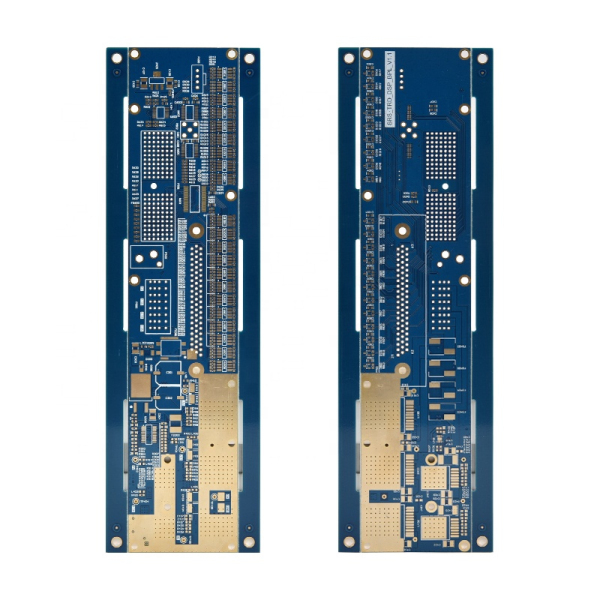
If your application requires any of the following, FR4 material is not the right choice:
Excellent heat resistance: If you want to use Flame resistant PCB in a high temperature environment, it is recommended not to use FR4 material. For example, for PCBs in aerospace applications, FR4 material is not the right choice.
Lead-free soldering: If your customers need RoHS-compliant PCBs, they must use lead-free soldering. During PCBA Manufacturing's lead-free soldering process, the reflow temperature may reach a peak and reach 250 degrees Celsius, and FR4 material cannot withstand it due to its low temperature resistance.
High frequency signal of High frequency board: When exposed to high frequency signal, FR4 board cannot maintain stable impedance. As a result, fluctuations may occur and may affect the integrity of the signal.
Due to their popularity and widespread use, today, it is easy to find FR4 PCB materials with various specifications and functions on the market. Such a wealth of choices can sometimes make choices difficult. In this case, it is important to discuss your requirements with the manufacturer.

